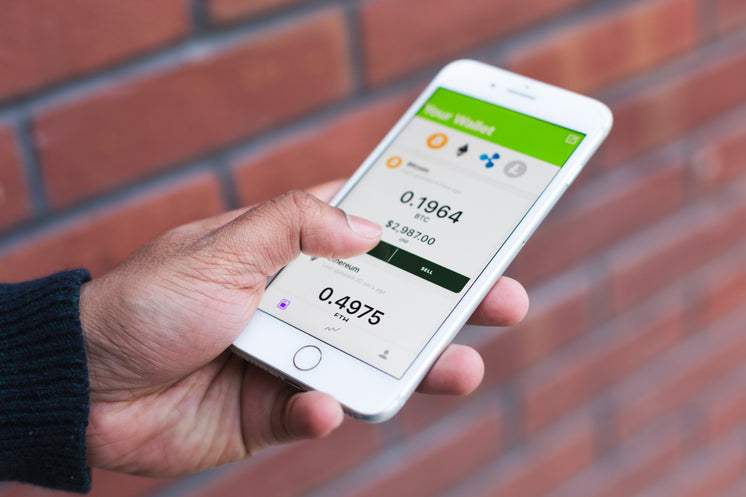Cryptocurrency trading has become increasingly popular in Canada, with more people looking to participate in the exciting world of crypto. For Canadians interested in crypto trading, learning the proper steps and selecting trustworthy exchanges is essential. The following article explains how to start trading cryptocurrency in Canada.
Step 1: Choose a Reliable Cryptocurrency Exchange
 The first step is selecting a cryptocurrency exchange that supports Canadian dollars (CAD) and complies with Canadian regulations. There are various exchanges available, including Canadian and international exchanges.
The first step is selecting a cryptocurrency exchange that supports Canadian dollars (CAD) and complies with Canadian regulations. There are various exchanges available, including Canadian and international exchanges.
Coinberry Exchange – An exchange based in Canada that supports CAD deposits and is regulated by Canadian authorities.
Binance – An international platform with extensive crypto options, suitable for advanced traders.
Kraken Exchange – A trusted choice for security-focused users, Kraken has low trading fees and supports a range of cryptos.
Wealthsimple Crypto – Canadian investment platform that allows users to trade crypto assets, great for beginners due to an easy-to-use design.
Step 2: Complete Identity Verification
After selecting a platform, you’ll need to complete identity verification. Verification is mandatory under Canadian law and ensures secure trading. Typically, you will need to provide a photo ID and proof of address to finalize verification.
Step 3: Deposit Funds in CAD
After verification, it’s time to deposit money into your account. Many platforms support various ways to deposit funds, including bank transfers and credit cards. Depositing in CAD is more convenient for Canadian traders to quickly begin trading.
Step 4: Choose Your Cryptocurrency and Place a Trade
After depositing funds, you’re ready to start trading. Research the coins you're interested in before making a purchase. Common options include BTC, ETH, and LTC, but many exchanges offer a variety of altcoins. On most exchanges, simply select the coin you want to buy or sell and enter your trade details.
Step 5: Secure Your Cryptocurrency
After trading, it’s crucial to secure your assets. Digital wallets are a popular choice, as they offer secure storage beyond the exchange itself. Wallet options include:
Digital Wallets – Easy to use for frequent trading, generally less secure than offline options.
Cold Storage Devices – Great for secure, offline storage, with high security features by keeping your assets offline.
Step 6: Understand Tax and Regulatory Obligations
Trading crypto in Canada requires awareness of tax obligations. CRA treats crypto earnings as either business income or capital gains depending on your trading activity. Accurate record-keeping to report earnings correctly.
Tips for Successful crypto currency market prices Trading in Canada
Stay Informed – Keep up with crypto news to help you trade effectively.
Use Caution with Leverage – Leverage can increase risk, so only use it if you’re experienced.
Set Goals and Limits – Plan your trades and use stop-loss orders to manage risk.
Final Thoughts
Crypto trading in Canada offers potential for profit, but it’s important to follow the right steps. With the right preparation, you can begin trading safely and responsibly. Focus on security, compliance, and strategy for a successful trading experience.
Step 1: Choose a Reliable Cryptocurrency Exchange
 The first step is selecting a cryptocurrency exchange that supports Canadian dollars (CAD) and complies with Canadian regulations. There are various exchanges available, including Canadian and international exchanges.
The first step is selecting a cryptocurrency exchange that supports Canadian dollars (CAD) and complies with Canadian regulations. There are various exchanges available, including Canadian and international exchanges.Coinberry Exchange – An exchange based in Canada that supports CAD deposits and is regulated by Canadian authorities.
Binance – An international platform with extensive crypto options, suitable for advanced traders.
Kraken Exchange – A trusted choice for security-focused users, Kraken has low trading fees and supports a range of cryptos.
Wealthsimple Crypto – Canadian investment platform that allows users to trade crypto assets, great for beginners due to an easy-to-use design.
Step 2: Complete Identity Verification
After selecting a platform, you’ll need to complete identity verification. Verification is mandatory under Canadian law and ensures secure trading. Typically, you will need to provide a photo ID and proof of address to finalize verification.
Step 3: Deposit Funds in CAD
After verification, it’s time to deposit money into your account. Many platforms support various ways to deposit funds, including bank transfers and credit cards. Depositing in CAD is more convenient for Canadian traders to quickly begin trading.
Step 4: Choose Your Cryptocurrency and Place a Trade
After depositing funds, you’re ready to start trading. Research the coins you're interested in before making a purchase. Common options include BTC, ETH, and LTC, but many exchanges offer a variety of altcoins. On most exchanges, simply select the coin you want to buy or sell and enter your trade details.
Step 5: Secure Your Cryptocurrency
After trading, it’s crucial to secure your assets. Digital wallets are a popular choice, as they offer secure storage beyond the exchange itself. Wallet options include:
Digital Wallets – Easy to use for frequent trading, generally less secure than offline options.
Cold Storage Devices – Great for secure, offline storage, with high security features by keeping your assets offline.
Step 6: Understand Tax and Regulatory Obligations
Trading crypto in Canada requires awareness of tax obligations. CRA treats crypto earnings as either business income or capital gains depending on your trading activity. Accurate record-keeping to report earnings correctly.
Tips for Successful crypto currency market prices Trading in Canada
Stay Informed – Keep up with crypto news to help you trade effectively.
Use Caution with Leverage – Leverage can increase risk, so only use it if you’re experienced.
Set Goals and Limits – Plan your trades and use stop-loss orders to manage risk.
Final Thoughts
Crypto trading in Canada offers potential for profit, but it’s important to follow the right steps. With the right preparation, you can begin trading safely and responsibly. Focus on security, compliance, and strategy for a successful trading experience.
